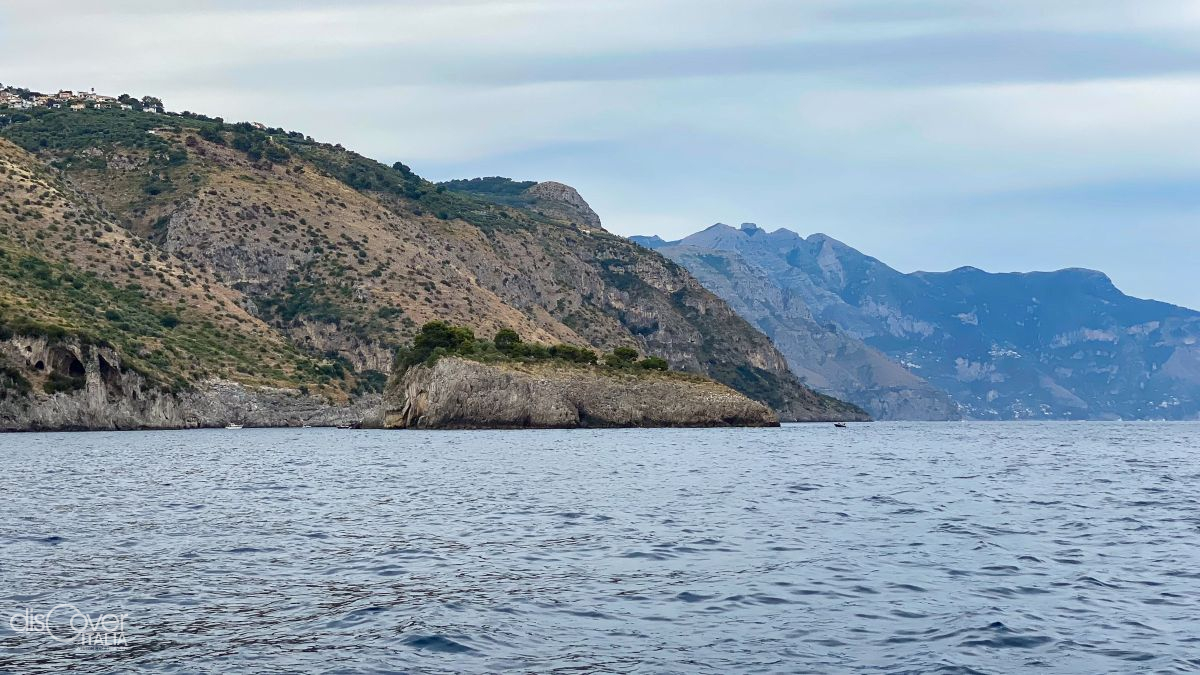MASSA LUBRENSE – The islet of Isca, beloved home of Eduardo
It is from the hamlet of Massa Lubrense called Torca that the suggestive trail begins, part of the path identified with the number 344 of the Cai.

Seven hundred steps, dug into living stone, to reach one of the wonders of the coast, the vegetation frames the view of the sea and of a flake of green land, nearby, embedded in the blue expanse. At the end of the descent, the delightful beach of Crapolla offers an even closer view of the small island, reachable by swimming. Its official name is Isca, but for the inhabitants of the coast it is “Galluzzo”, which the more familiar toponym connects in some way to the more distant Li Galli archipelago, clearly visible together with the smaller rock in the sea of Vetara.
Just two hundred and seventy meters in length, the small island of Isca, in front of the beautiful bay of Nerano, is part of the territory of Massa Lubrense. Without shores, with a coast high above the sea, it is almost completely covered by dense, luxuriant Mediterranean vegetation, except for the small promontory that rises to the north-east. There, a villa completely overlooking the sea stands out, renovated in the early 1950s by the engineer Mario Pacifico, who had already linked his name to the renovation of the "San Ferdinando", Eduardo De Filippo's theater in Naples. Not by chance, because Isca was Eduardo's beloved summer residence since 1949.
The first time, the great Neapolitan actor and playwright had admired the islet from the sea, during a boat trip between Sorrento and Positano. And he had fallen in love with it, to the point of wanting to buy it.

At the time, Isca belonged to Vittorio Astarita, a well-known banker from Sorrento, who often went there to hunt. At first Astarita resisted to Eduardo's requests, but then capitulated and the islet passed to the new owner in 1949. Since then, that became his favorite refuge, a regenerating vacation spot, shared with the family. Even the first meeting with his partner Isabella Quarantotti took place in Isca, when she, aboard a boat, noticed him on the island. The islet soon became a buen retiro with a strong inspirational and creative charge, ideal for stopping to write. It was among the views of the sea and the verdant Lattari Mountains standing against the sky on the opposite coastal, protected by the welcoming walls of the house of Isca, that Eduardo wrote “The contract” in 1967 in Massa Lubrense. And there the Neapolitan version of Shakespeare's “The Tempest” took shape, delivered to the press in 1984, shortly before his death.
The islet remained the property of Eduardo's family, even after the death of the great artist and theatrical author.




Comments powered by CComment